Basket Case (1982)
“I’ll never desert you — not after all we’ve been through.”
|
Synopsis: |
|
Genres, Themes, Actors, and Directors:
Response to Peary’s Review: He notes that “the original distributor… trimmed the gruesome gore scenes, not realizing that the excessiveness of blood and violence is what made such scenes cartoonish”, and argues that the inclusion of the deleted footage is fortunate given that “in addition to being a first-rate fright film, this is an outrageous black comedy that uses excessive violence for comic relief.” Peary adds that while he “detested seeing one more despicable monster-rapes-girl scene”, the “film has many qualities to compensate: the truly clever script; the offbeat characters, even down to the smallest parts; the fascinating on-location photography in a flea-bag New York hotel; and some nifty special effects, model work (two proteges of Dick Smith [Kevin Haney and John Caglione] made Belial from latex and foam), and stop-motion photography that was very ambitious for such a miniscule budget.” Peary posits that “best of all is Belial, who, when not ripping people apart, is in his own way as endearing as E.T.”. (Nope — but I can understand how fans of monster flicks might feel this way.) In his Cult Movies 2 book, Peary elaborates on the history of this ultra-indie film’s creation and distribution, noting that producer Edgar Ievins “didn’t want to reveal exactly how low the budget was until he had sold the film to cable.” Suffice it to say that the crew (who apparently had a blast working together) was cutting corners in every way possible, stretching the filming out over six months simply to take advantage of whatever meager funding, supplies, and access to location sites they had. The result is a movie that won over many cult movie audiences (including Peary), who writes that what he finds “most impressive about Basket Case is that it never loses momentum. Scene after scene of this oddball story is interesting, well written for tension and humor, cleverly directed, and well acted” (well… it’s sufficiently acted). He notes that “adding to our enjoyment, Henenlotter has assembled one of the strangest groups of actors/characters to ever grace a horror film”, with Duane (Van Hententryck): … and Belial seeming “almost normal in a world of mad doctors and lowlifes of the type who occupy the Hotel Broslin…” He points out that the “three positive influences on the twins are their kindly aunt [Ruth Neuman] (young Belial sits in her lap while she reads out loud): … prostitute Casey (played by cult favorite Beverly Bonner): … and Sharon [wig-wearing Smith]: — and even they are peculiar.” Finally, Peary writes that “no one can match little Belial. There have been a lot of strange hotel/inn/boarding house boarders in horror movie history — Claude Rains in The Invisible Man (1933), Henry Hull in The Werewolf of London (1935), Laird Cregar’s Jack the Ripper in The Lodger (1944), and Michael Rennie’s alien in The Day the Earth Stood Still (1951) immediately come to mind — but none are as weird as Belial,” who, “when he paces back and forth plotting his next crime” reminds Peary “of gangster Edward G. Robinson, cigar in mouth, pacing while plotting his next heist.” He points out that “for almost the entire film, we sympathize with Belial because a great wrong was done to him in his youth” — and we “don’t mind his doing away with such despicable characters as [Dr.] Lifflander [Bill Freeman]: … [Dr.] Kutter [Diane Browne]: … and [Dr.] Needleman [Lloyd Pace]: … or even thief O’Donovan” (Joe Clarke). Again, I’m not personally a Belial fan, but I can appreciate the effort that went into humanizing this ultimately monstrous being. Note: Fans of Basket Case will surely want to check out the 2012 documentary What’s in the Basket? (about the entire Basket Case trilogy), which features interviews with most of the key players — but, sadly, not Smith, who seems to have disappeared off the cinematic radar completely. Redeeming Qualities and Moments: Must See? Categories
Links: |
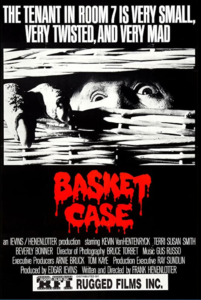
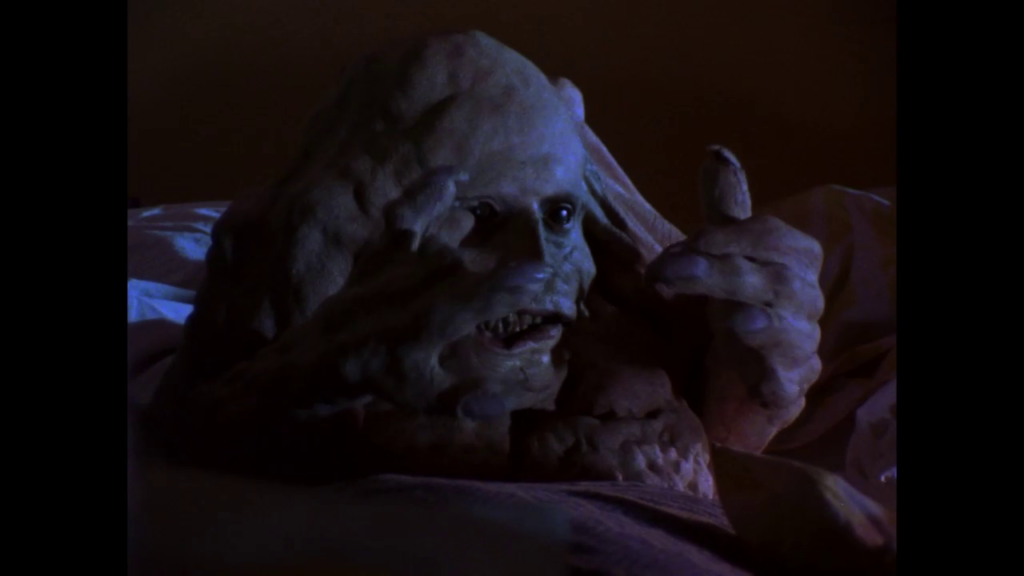
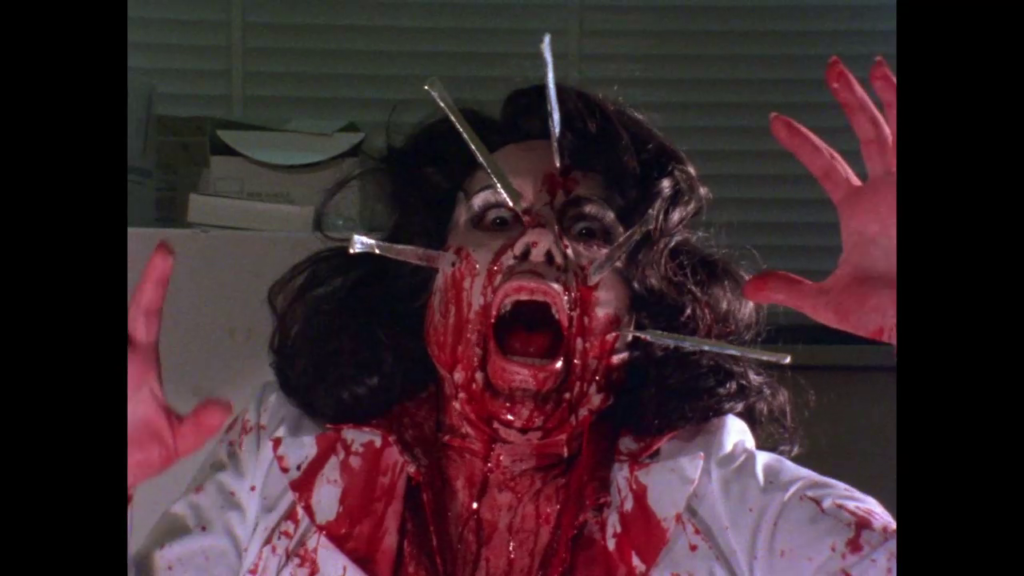

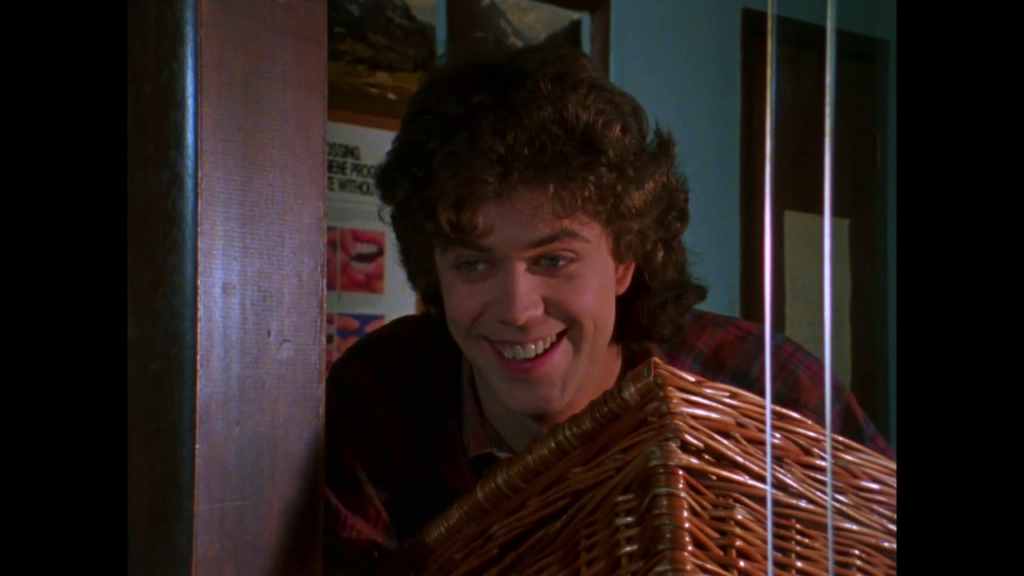
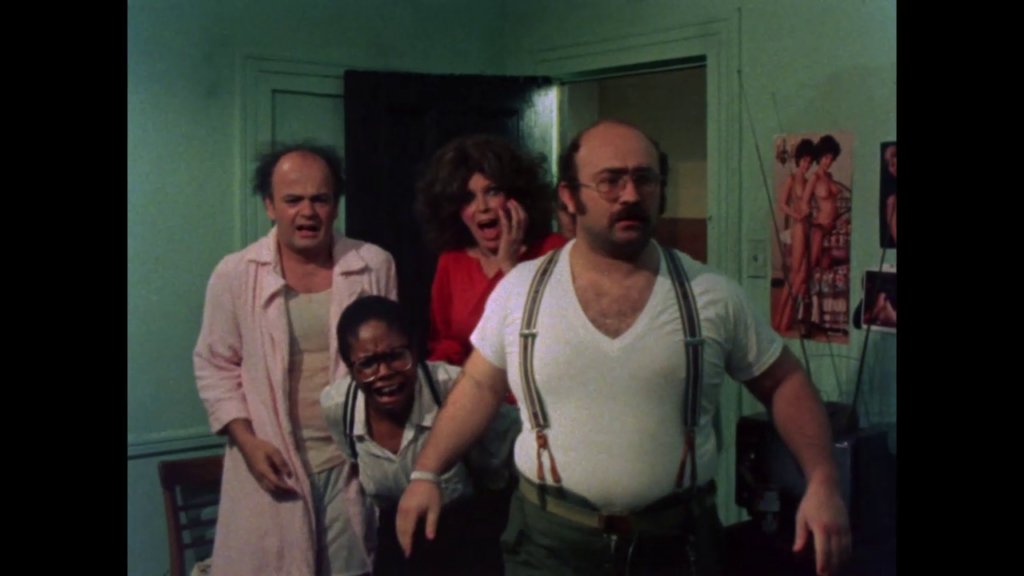

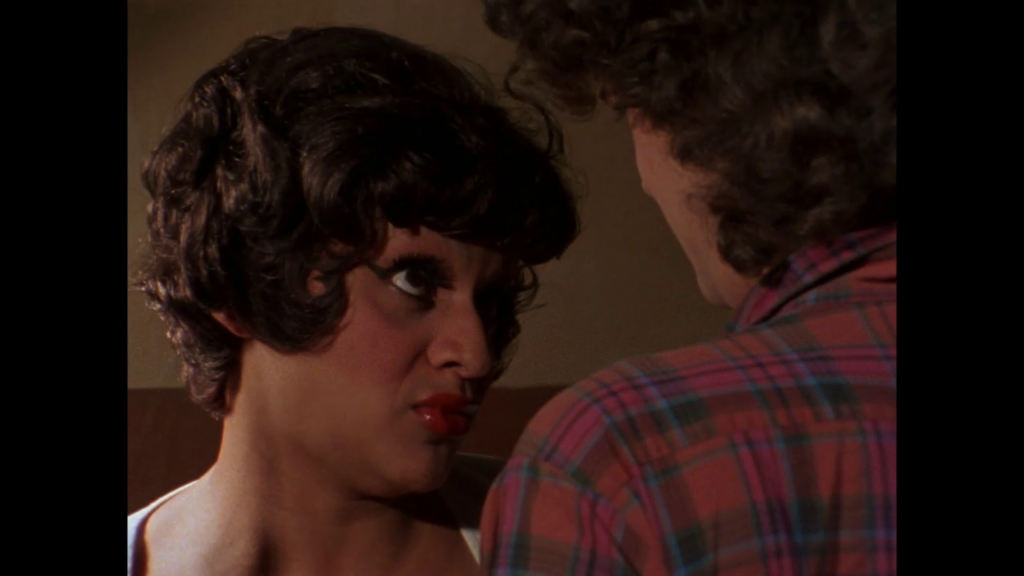
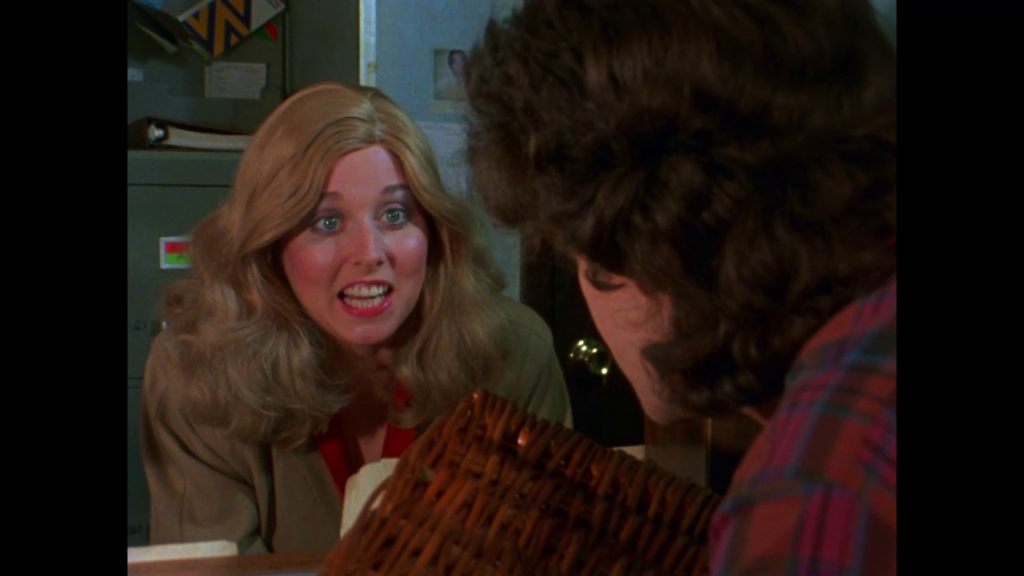
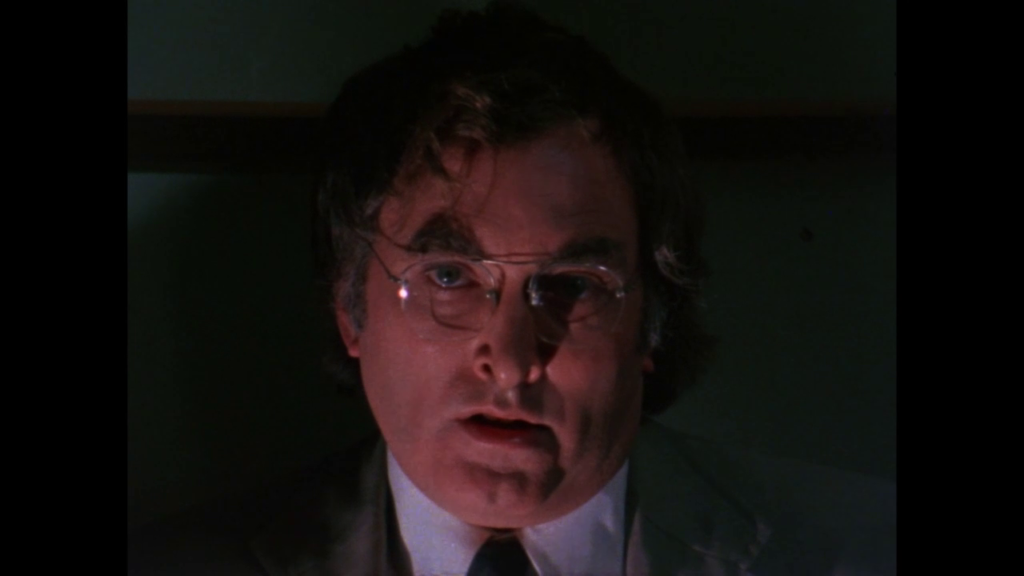
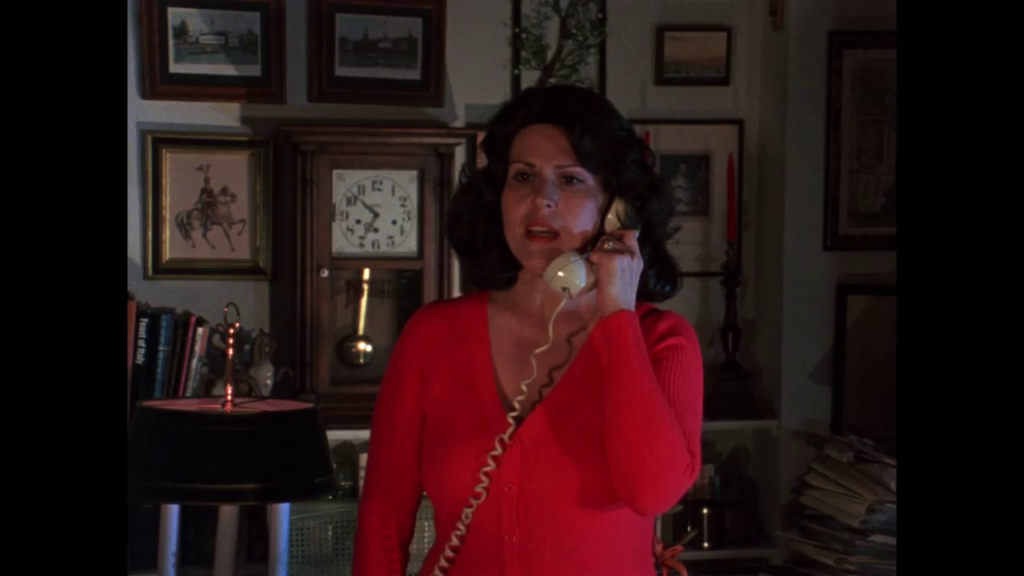
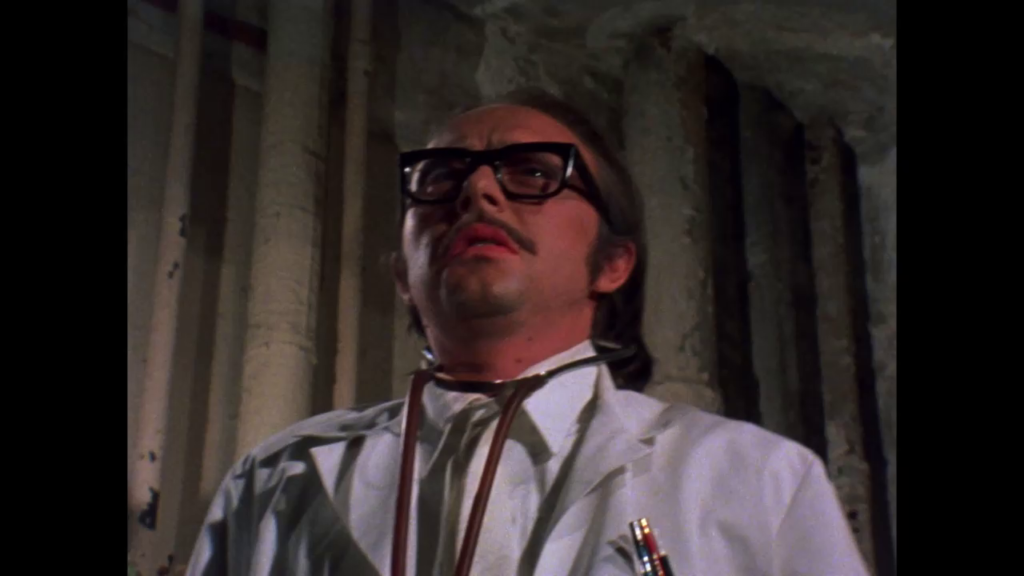
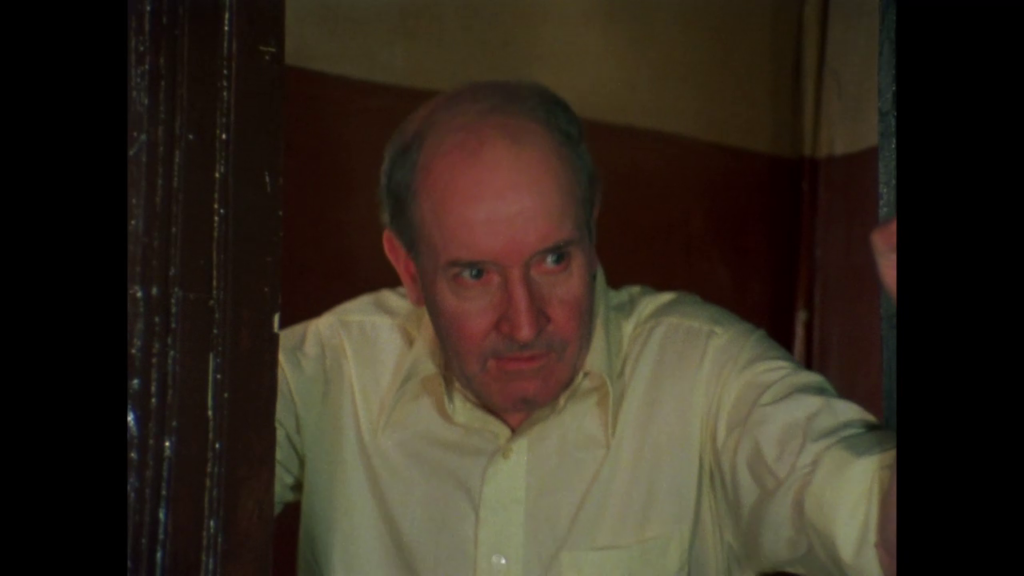
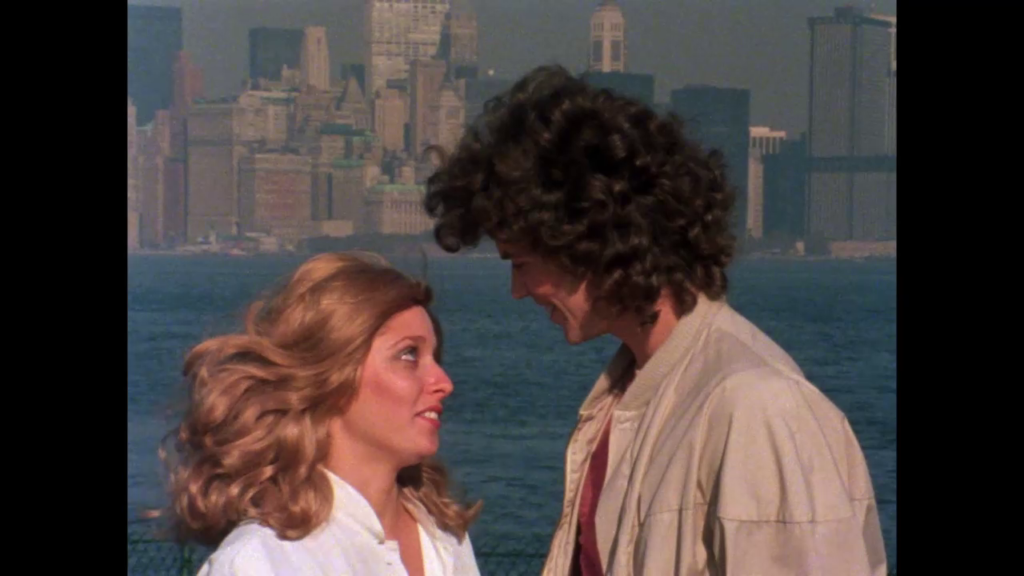

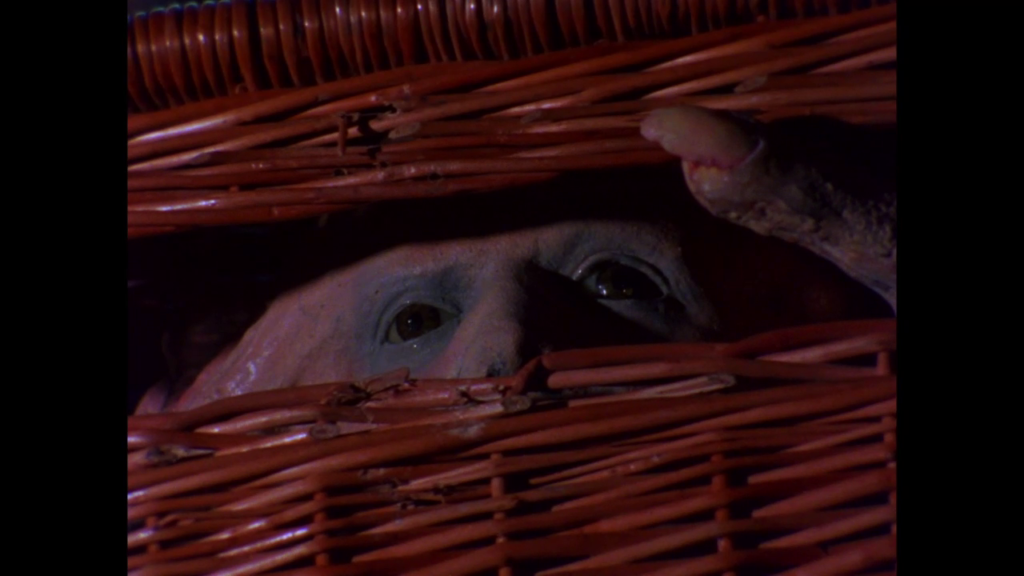
2 thoughts on “Basket Case (1982)”
⭐️⭐️⭐️ out of ⭐️⭐️⭐️⭐️
Another good little Grindhouse flick with plenty of gross out bits and humour and some charm. Decent film, not 100% successful but worth seeing for those inclined.
However, it’s not must see for film fanatics.
First viewing. Not must-see; only for hardcore cult film fans who have low expectations but like things on the excessive side.
IMDb tells us: ” Henenlotter was emboldened to make the movie because he believed that nobody would ever see it. He claims to have been ‘horrified’ when it became a success.”
Perhaps the success made him wish he had made a better (even if just as wacky) film. (His 1990 film ‘Frankenhooker’ is better – and just as wacky.) But, for certain cult film fanatics, the sloppiness of a film (i.e., ‘Pink Flamingos’) can make for a good deal of the attraction; the lack of polish can only add to the ‘silliness’.
Unlike Peary, I don’t think this film is a “gem”; I don’t think the violence brings “comic relief”. While there’s a certain amount of cleverness in moments (not so much in the dialogue – though, yes, the stop-motion photography is impressive for something this low-budget), I had the nagging feeling halfway-through that the idea was overstaying its ‘welcome’ and the film just started to feel l-o-n-g.